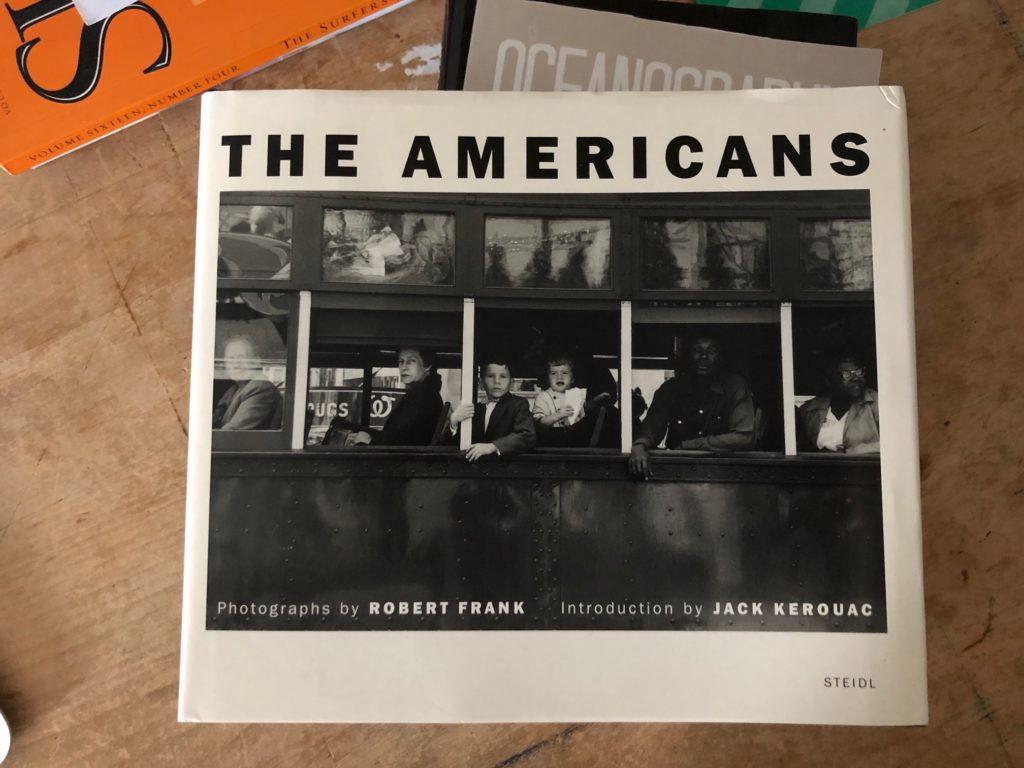Best read of the week: Deep dive into a black and white photo
At first glance, this photo is simple but upon further study, epic.
“‘Trolley — New Orleans’ is all about division,” Arthur Lubow writes in this interactive analysis in the New York Times. “Two rows of windows, each window a frame.”
This image appears on the cover of a book of photographs, “The Americans,” that I have on my shelf. Finding this piece in the NY Times, I reached out my hand and pulled out the whole collection.

In the 1950s, Swiss photographer Robert Frank drove around the United States, capturing scenes in black and white. He went everywhere: public parks, parades, cocktail parties. Assembly lines, rodeos, political rallies. Funerals, crowded candy stores, empty cafes, farm fields.
Six of the most memorable figures in the book are arranged in windows in “Trolley — New Orleans.” In the New York Times piece, Lubow looks closely at each, telling a story about the individuals, the whole vehicle, and the American society the trolley moves through.
“Frank’s gift was to transcend reportage and tell you something about the condition — how oppression felt,” Nicholas Dawidoff wrote of the photo in 2015.
Two more notes, because I can’t stop thinking about these images:
—When I page through “The Americans,” I see American flags everywhere. They are in expected places: a parade, a picnic, a Navy recruiter’s office. But flags also appear covering the window of a bar in Detroit (placed mysteriously between portraits of George Washington and Abraham Lincoln) and draped over a man’s head as a sun shade in California. In one of my favorite images, a woman sits on a chair in a field in South Carolina. The sun is low in the sky. She is smiling. The stripes on her skirt resemble the American flag.
—Jack Kerouac, the original American road trip, wrote the introduction to “The Americans.” Although Frank’s vision of American is more nuanced and far less ego-driven, the connection seems divinely ordained. “That crazy feeling in America when the sun is hot on the streets and music comes out of the jukebox or from a nearby funeral,” Kerouac rambles yet somehow keeps his beat, “that’s what Robert Frank has captured in tremendous photographs taken as he traveled on the road around practically forty-eight states in an old used car (on Guggenheim Fellowship) and with the agility, mystery, genius, sadness and strange secrecy of a shadow photographed scenes that have never been seen before on film.”